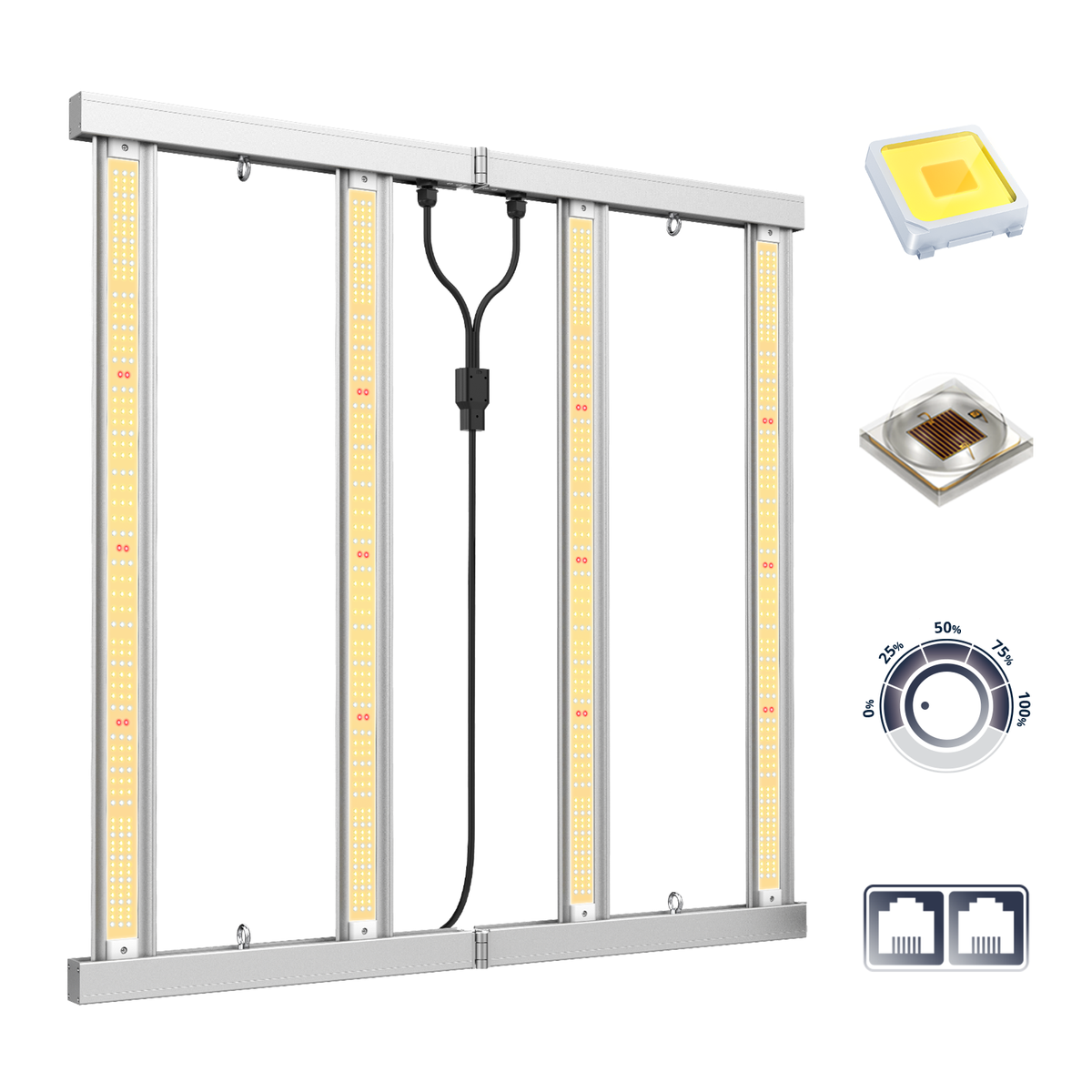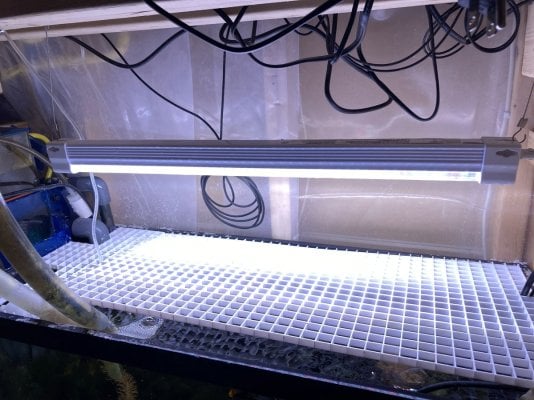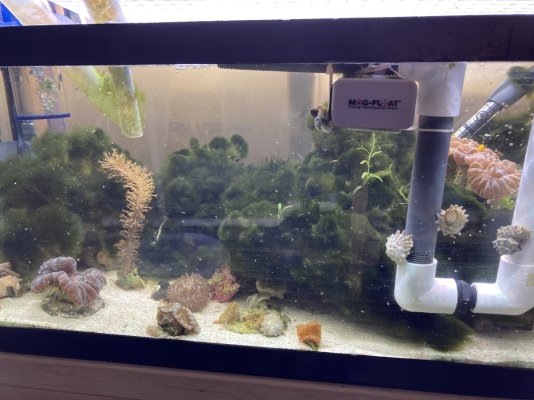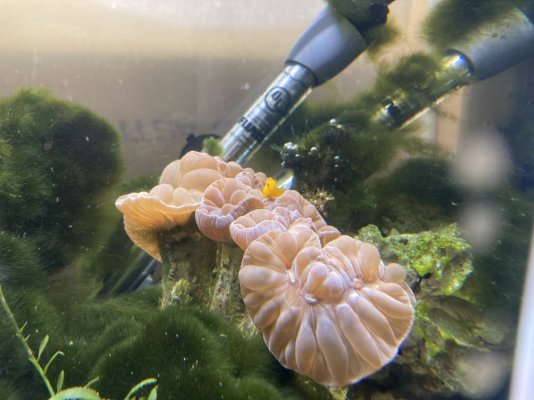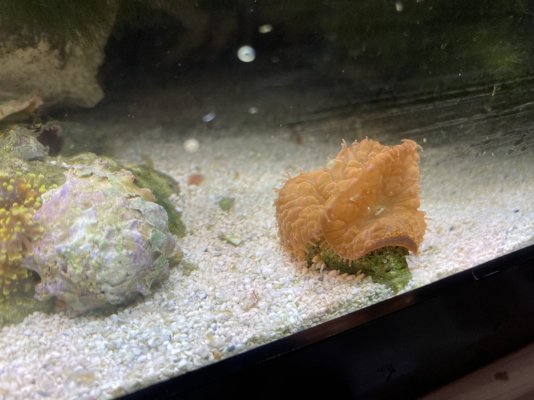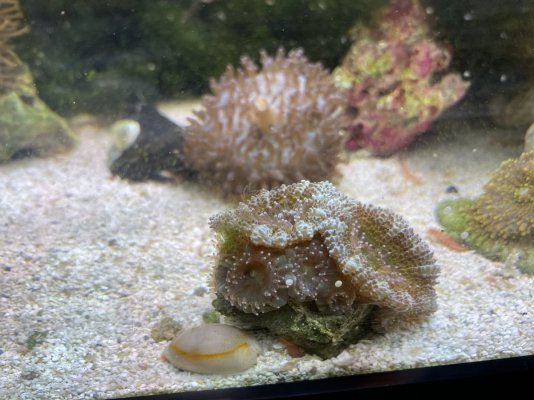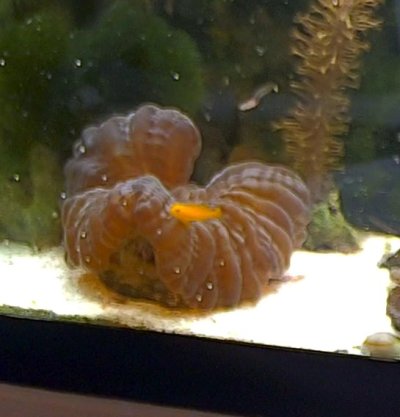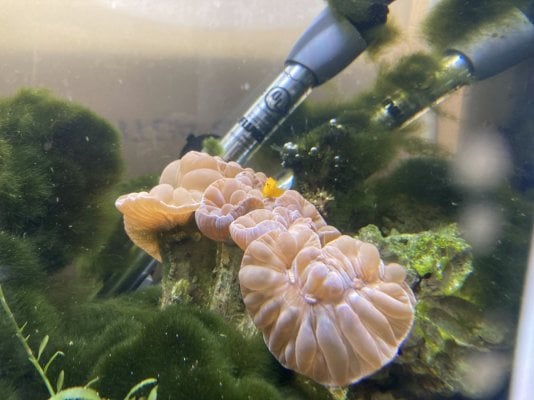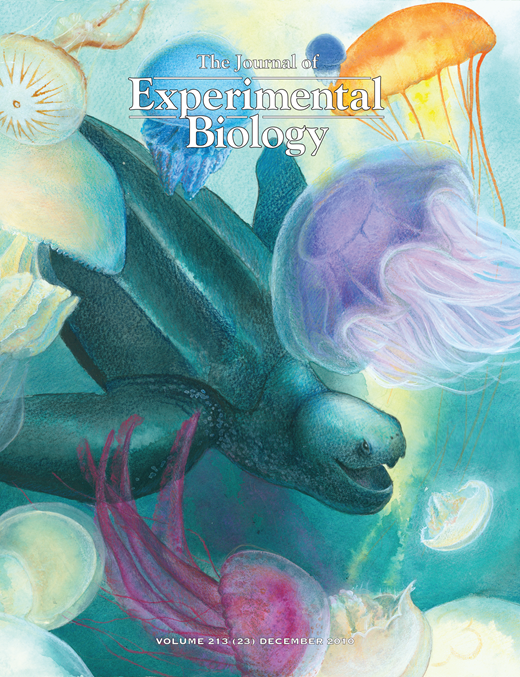Good brands for aquarium led cost 3-6 times more than quality growth led full spectrum for plant for commercial purposes.
The best diodes come from companies like Samsung and Osram and they all use the same diodes.
I don’t get it.
Companies like Spider Farmer, AC Infinity, ViparSpectra, Vivosun and and Mars Hydro only cost a fraction compared to Orphek, EcoTech Marine, Neptune Systems, Kessil and Philips.
It’s not logical.
The best diodes come from companies like Samsung and Osram and they all use the same diodes.
I don’t get it.
Companies like Spider Farmer, AC Infinity, ViparSpectra, Vivosun and and Mars Hydro only cost a fraction compared to Orphek, EcoTech Marine, Neptune Systems, Kessil and Philips.
It’s not logical.





